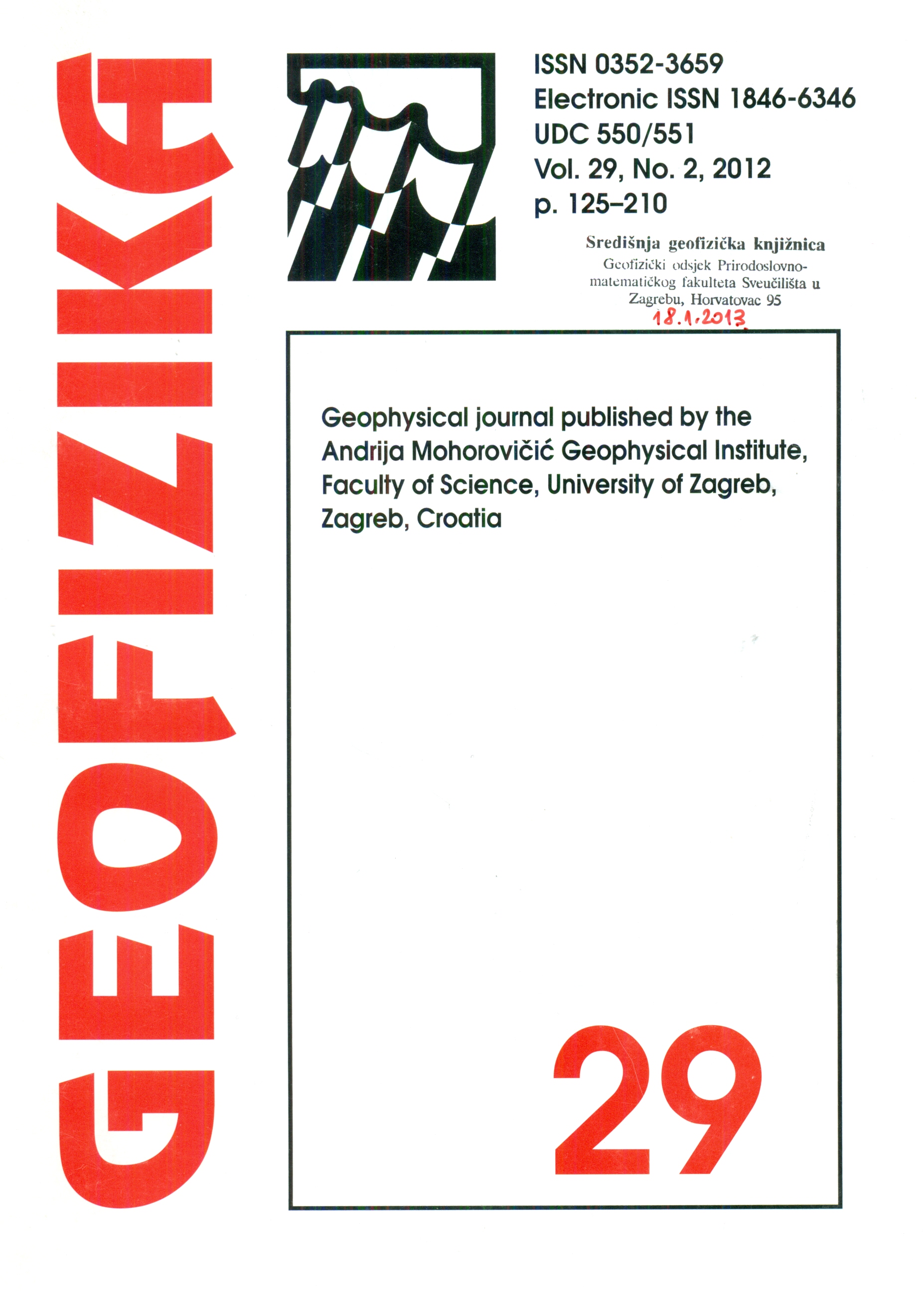Near infrared light pollution measurements in Croatian sites
Keywords:
light pollution, infrared, generalAbstract
We investigate the light pollution (LP) in the near-infrared (NIR) part of the electromagnetic spectrum (700–1000 nm) for sites at low altitude, as typical for small observatories in this region. Our measurements show that considerable light pollution exists in the NIR. The increase of night sky brightness towards the horizon is often slightly slower in the NIR than in the visible. In cases when LP is mostly produced by high-pressure sodium lamps, the NIR part of light pollution is dominated by two close sodium spectral lines (818.3 and 819.5 nm) that can easily be filtered out with a dedicated filter. This can, however, change as sodium lamps are gradually replaced by metal-halide lamps whose spectra are complex, showing many lines over the whole visible/infrared range. If in the future a change to LED light sources happens, LP in the NIR could be reduced drastically. Last, but not least, the low altitude of observing sites, together with climate characteristics of the region, result in a lot more humidity and aerosols in the atmosphere, compared to a typical mountaintop observatory site. This, combined with proximity of the polluting sources to the observing sites, results in enhancing the LP, compared to the clear, dry atmospheric conditions of a mountaintop observatory.
Downloads
Published
Issue
Section
License
Copyright (c) 2021 Geofizika journal

This work is licensed under a Creative Commons Attribution-NonCommercial 4.0 International License.

